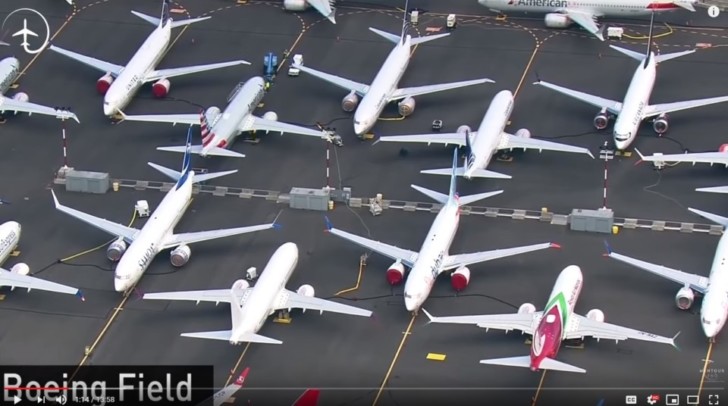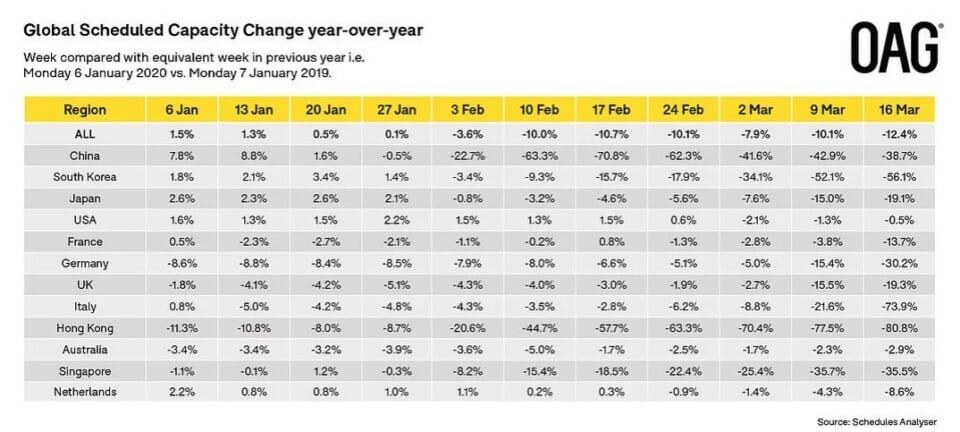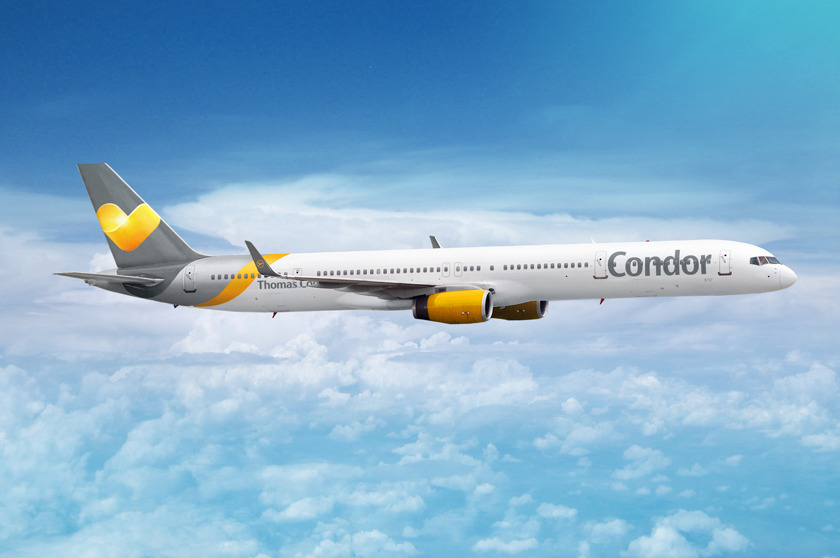Update 24 March @ 12:00 PDT
Southwest Airlines announced today it will slash a total of 1500 flights from its schedule of 4000 daily operations.
The airline said in a statement the changes are effective this Friday, March 27. The cuts will remain until a revised schedule goes into place on Tuesday, April 14.
Introduction
Unless you have been living in a cave this year, you know that the travel industry has literally fallen off a cliff. Airlines, hotels, restaurants and major tourist attractions will be among the biggest losers in this global economic downturn. Airlines seem to always live in a precarious financial state and this pandemic is absolutely the last thing that they wanted to see coming. Yesterday, my colleague, Brad wrote a post on flight cancellations. In his opening paragraph, he had a link to a capacity-cut spreadsheet showing reductions of 15% to 100%.
I wrote a post on the likelihood that many airlines will not survive the pandemic. You can read it here.

The Fallout
In just the past 10 weeks, over a third of the global airline seat capacity has disappeared. In terms of actual available seats, this is a decline of 21 million seats worldwide. These figures come from the Official Aviation Guide (OAG) which has been tracking the airline industry since 1929. Here are the statistics that OAG is reporting from the first 10 weeks of this pandemic:
- Globally, the number of scheduled flights is now down by 0ver 12% compared to the 3rd week of March in 2019.
- The impact on Chinese aviation appears to have bottomed out but still some way from recovery.
- Flights from Hong Kong are more than 80% down on where they were this time last year.
- The number of scheduled flights from South Korea are now running at less than half the number of a year ago.
- Flights from Singapore are 35% below where they were a year ago.
- Japan has seen a continued slide in the number of flights which are now almost 20% below where they were this time last year.
- The biggest change over the past week has been in the number of scheduled flights from Italy which are now 74% below where they were a year ago.
OAG published a sobering chart detailing the decline in airline seat capacity by region on a week-by-week basis:

No Region Or Airline Is Immune
John Grant from OAG describes the situation as stark as 35 percent of global airline seat capacity has been wiped out. He also says that it is likely to get worse over the coming weeks. The fact is that no airline or region will unaffected by this global downturn. Capacity has fallen by:
- 53% for Western Europe,
- 42% for Latin America,
- 33% for the Middle East,
- 30% for South-East Asia
- 17.5% for the South Pacific and
- 9.1% for North America.
Some airlines have experienced a total fleet grounding. Long-haul carrier Emirates has this advisory posted on its website:
As per the UAE government’s directive, Emirates will temporarily suspend all passenger services from 25 March 2020. We are very sorry for any inconvenience caused to our customers and travellers. These measures are in place to contain the spread of COVID-19, and we hope to resume services as soon as feasible.
There are other airlines that have temporarily ceased operations. There will be other carriers that will never fly again. Flybe was the first fatal casualty in this downturn.
Silver Lining for Alaska And Southwest
The airline industry is a wacky world of financial challenges. For two airlines, in particular, the downturn at Boeing could minimize the downturn at both Alaska and Southwest. Both carriers rely solely on the Boeing 737. These two airlines have a substantial amount of yet to be delivered 737MAX aircraft. Because these aircraft have not been delivered, they cut back on route expansions due to a lack of aircraft. It also means that since the aircraft have not been delivered, neither airline is making payments on these aircraft. Using the airline cutback chart that I previously mentioned, both airlines are only cutting seat capacity by 15%.
There Is A Cost For Parking Aircraft
There is no “free parking” for airliners. Grounding aircraft requires the airlines to:
- Pay a flight crew to fly to a remote parking facility and get them back,
- Pay for storage prep and parking,
- Pay the expenses to return “parked” aircraft back to service and
- Pay a flight crew to return aircraft back to their service airports.
Final Thoughts
The travel industry has completely fallen off a gigantic financial cliff in the last ten weeks. Since the coronavirus continues to spread, this situation is likely to get worse before it even thinks about getting better. Airlines are fragile economic businesses that can deteriorate very quickly. I believe that there will be more capacity cuts, fleet groundings and aircraft retirements in the coming weeks. When this pandemic is over, there may be fewer airlines still flying.




